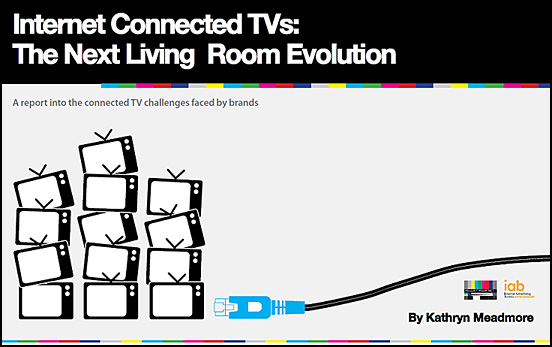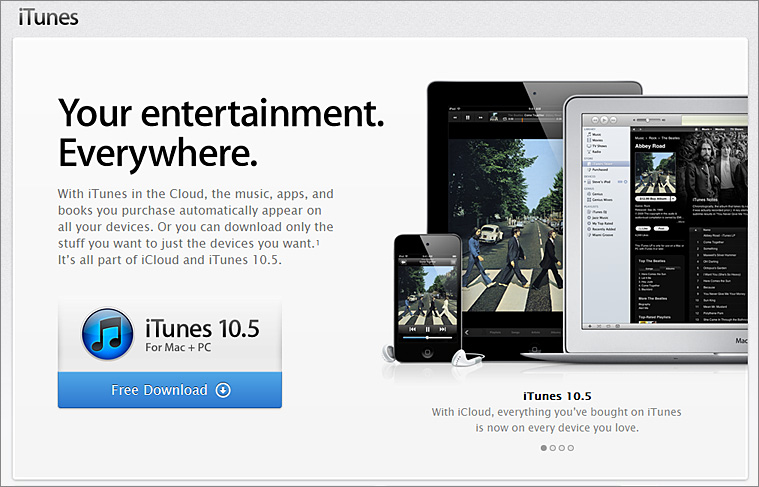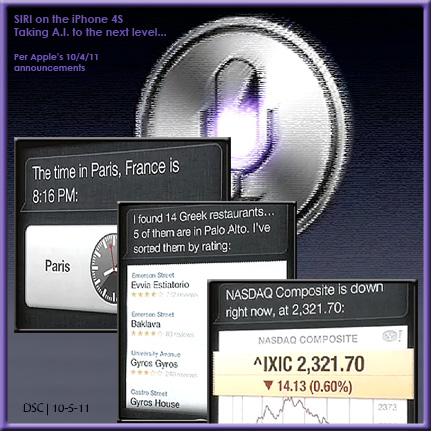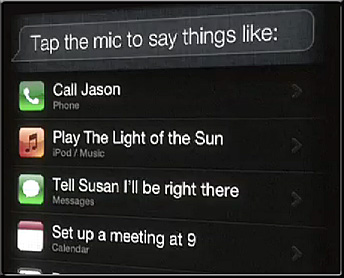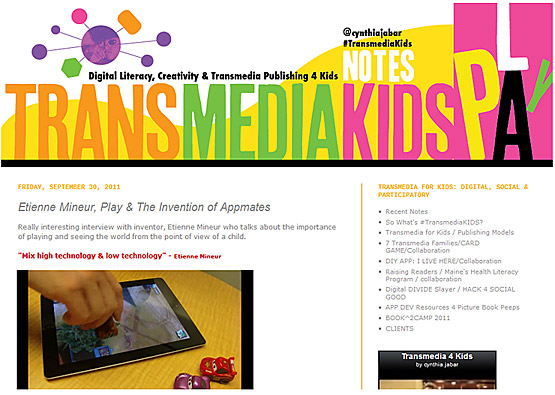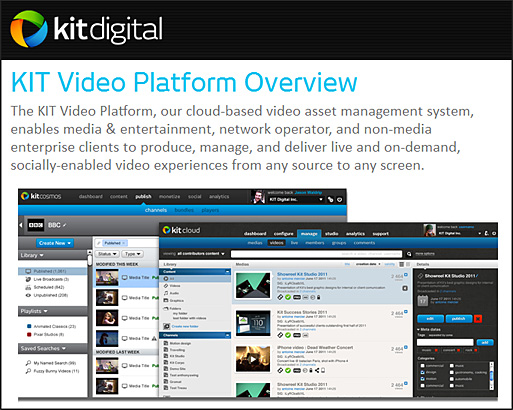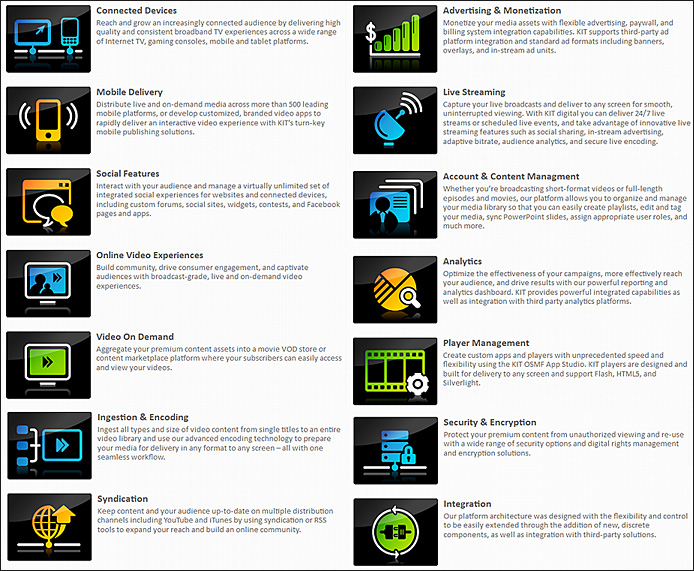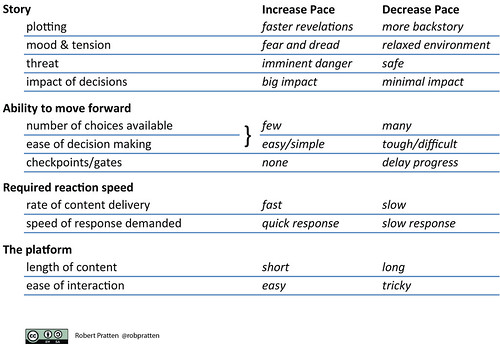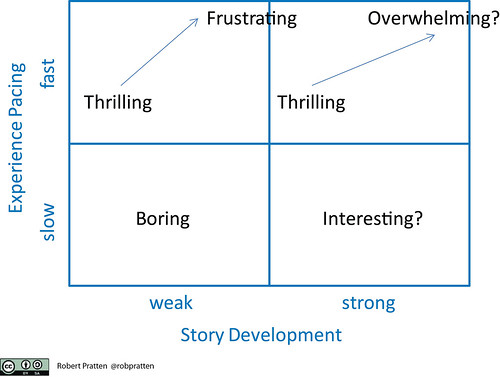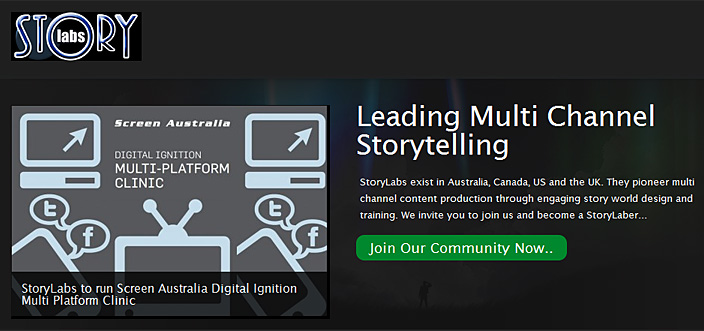Apple plans to revolutionize your living room next, just as Steve Jobs wanted — from readwriteweb.com by John Paul Titlow
Excerpt:
 “I finally cracked it,” Steve Jobs told his biographer Walter Isaacson just months before his death. He was referring to the design and functionality of television, something Jobs had long wanted his company to reimagine.
“I finally cracked it,” Steve Jobs told his biographer Walter Isaacson just months before his death. He was referring to the design and functionality of television, something Jobs had long wanted his company to reimagine.
In the official biography of the late Apple founder that came out today, one of the last topics discussed before Isaacson touches on Jobs’ summer 2011 resignation is how he had hoped to revolutionize the television set.
From DSC:
Interesting thing about those who innovate…sometimes, others come to them in the hopes that the innovative company will create an X, Y, or Z product line. Jobs and Ives, by being known as two of the top heads of an innovative company, had an army of people contributing ideas to Apple (and many of them doing so freely through the years).
So I also give credit to those encouraging Apple to take certain approaches, for submitting potential ideas and suggestions, and for those employees/contractors/suppliers who are working at (or on behalf of) Apple who are working hard to bring those ideas/visions to fruition (Jeff Robbin comes to mind). Jobs most likely didn’t come to cracking this thing on his own.
Seven ways an integrated Apple TV could change everything — from forbes.com by Louis Bedigian
Sony expects “fight for the living room” — from warc.com
Excerpt:
TOKYO: Sony, the electronics group, believes it is in a “fight for the living room” not only with traditional rivals like Samsung and LG, but also with new players in the TV arena, such as Apple and Google.
PlayJam Closes Round A Financing for $5 million from Adobe, GameStop and Endeavour for Connected TV Games — from http://appmarket.tv by Richard Kastelein
One More Thing….Does Jobs Have a Final Trick Up His Sleeve? — from http://digitallivingroom.com
Apple Could Release TV Set in 2012 [REPORT] — from Mashable.com by Lauren Indvik











